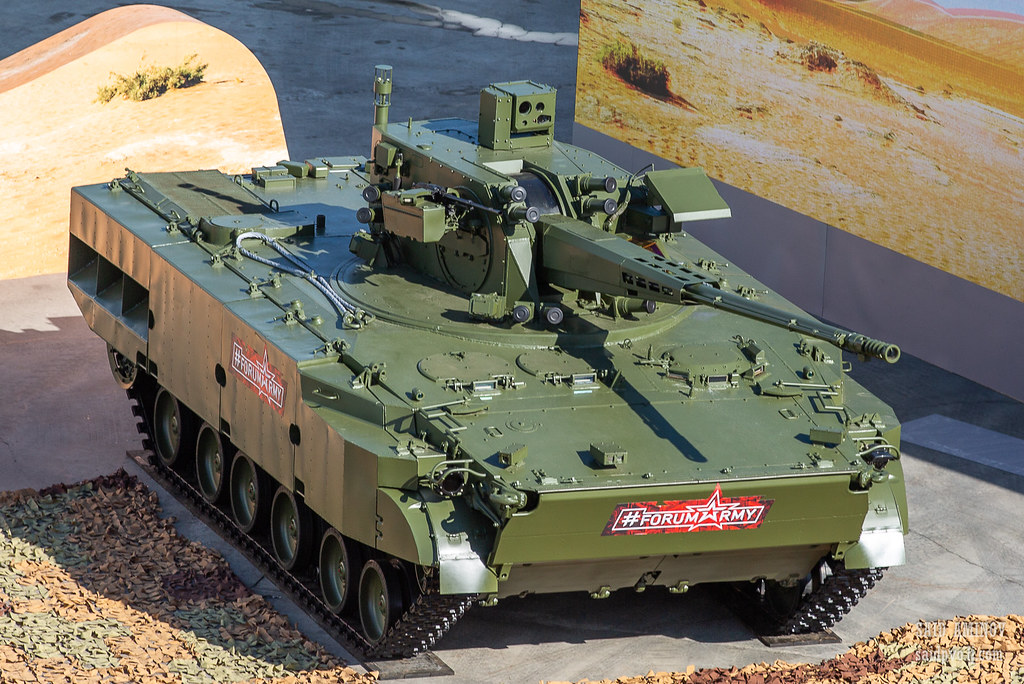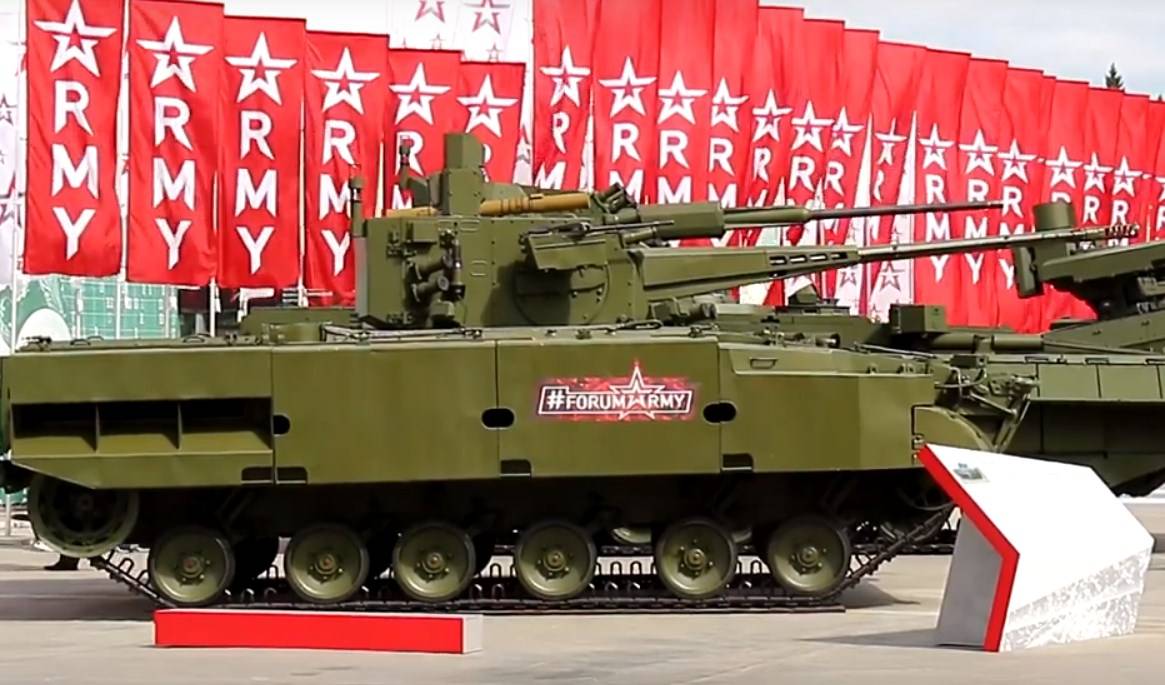Missiles and rotary cannons are superior to slow firing autocannons against aircraft.
But that is just the point... rotary cannons are not superior to guided shells.
The main value of a rotary cannon is rate of fire... sending a cluster of rounds towards the target like a shotgun blast instead of like a string of bullets like from a machine gun.
The value of a rotary cannon is that a very short burst of a fraction of a second, will, in a fraction of a second deliver shells all around the point of aim and the point of aim is where the target will be when the rounds get there.
The problem is that point of aim is estimated based on the target speed and trajectory and the distance to the intercept point and the speed of the rounds you fired.
That means with a 30mm gatling gun firing shells at 960m/s, an incoming fighter plane that is 4km away moving a mach .5, means if you fire right now your shells will probably start hitting him at about 2.5-3km range... the shells are moving at about mach 3, but will rapidly slow down as they move through the air.
What is important is that while the fighter is moving from 4km distance to 3km distance it might climb or turn left or right or it might descend or it might speed up or slow down... or any combination of all those things, so rather than having a single point where the target might be when the shells arrive it will be a target box that could be quite big.
A burst of 200 shells however means spread of hits around the point of aim that rather fills that box... the more shells you can launch in a burst the better the coverage inside the box is, but against an aircraft you are more likely to get a hit than with an anti ship missile which is a much smaller target and would probably need several 200 round bursts to get a hit.
The faster the target is moving and the smaller it is the harder it becomes to hit even with very long bursts and pretty soon you are firing your entire load of shells and still not certainly hitting the target.
The solution is guided shells.
If the target is big like a plane or a helicopter then standard shells will be fine out to enormous range, but small fast manouvering targets need a guided round for any real chance of a hit and that is what the 57mm calibre guided shells offer.
Of a load of 140 rounds it might only carry 20-40 guided shells and the rest will be air burst HE and perhaps APHE for thicker skinned targets.
A small UAV could be taken out with simple air burst rounds most of the time, but incoming missiles will need guided shells to stop them.










